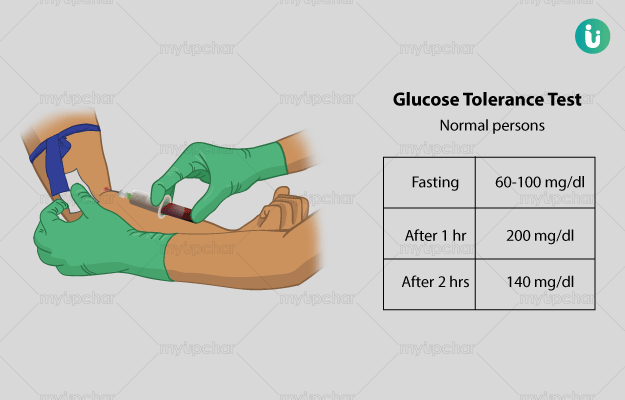What is Glucose tolerance test (GTT)?
Glucose tolerance test (GTT), commonly known as oral glucose tolerance test, is a common diagnostic test for diabetes, especially in pregnant women and individuals with borderline diabetes. GTT checks the level of glucose in blood in a given time period and concludes whether the body is capable of absorbing it.
Please click on this link to know better diabetes treatment.
Glucose level in the blood is kept constant at all times by the body. Post-meal glucose levels may increase by 50%; however, they go back to normal in about 2 hours. When a person is affected by diabetes mellitus, their body is unable to absorb the glucose generated from food. Consequently, glucose levels remain high in their blood frequently. Increased glucose levels in blood can damage blood vessels and impair body functions, thus increasing the risk of other conditions such as loss of vision and damage to the nervous system.
(Read More - Diabetic Dyslipidemia treatment)














